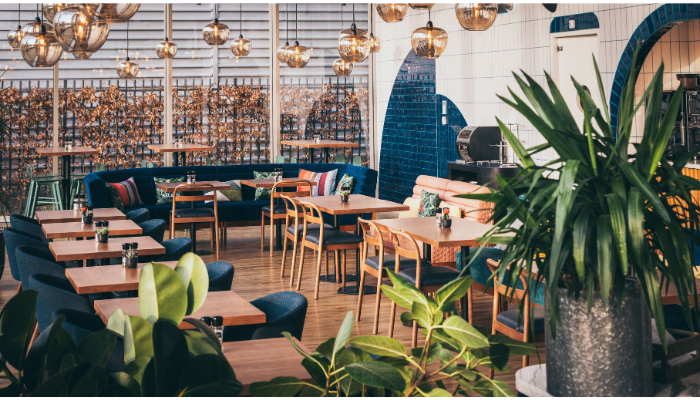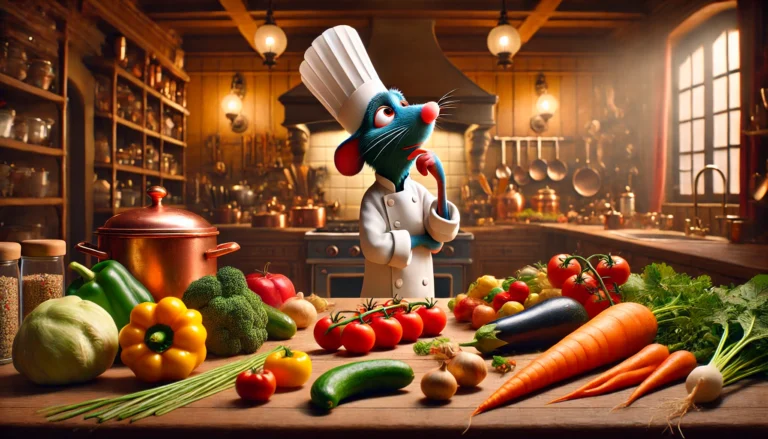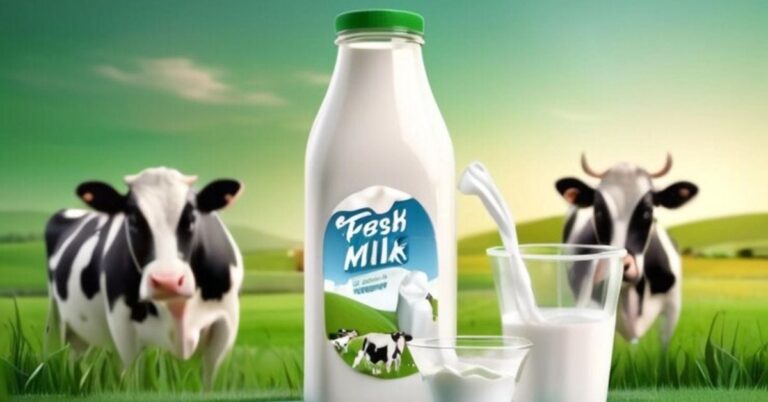
“Chef:rb6391caasa= ratatouille” might initially sound cryptic, but it encapsulates an interesting blend of culinary artistry and technology. At first glance, it combines the charm of the beloved animated film “Ratatouille” with a modern technological twist. This article explores the intersection of these elements, highlighting how the film’s themes and the advancements in culinary technology influence the way we experience cooking today.
Ratatouille: A Culinary Masterpiece
Released in 2007, Pixar’s “Chef:rb6391caasa= ratatouille” tells the heartwarming story of Remy, a rat with an exceptional sense of taste and a dream of becoming a chef. Set in the gastronomic paradise of Paris, the film delves into themes of passion, creativity, and the pursuit of excellence in the culinary arts. Through Remy’s journey, viewers gain insight into the meticulous nature of cooking and the dedication required to excel in the culinary world.
The film’s portrayal of French cuisine and the culinary process is both educational and entertaining. It emphasizes the importance of using high-quality ingredients and mastering the basics before innovating. Remy’s journey from a rat in the sewers to a celebrated chef mirrors the challenges and triumphs faced by many in the culinary industry.
Technology and Cooking: The Modern Revolution
In recent years, technology has significantly transformed the culinary world. The integration of advanced tools and techniques has revolutionized how chefs approach cooking, making it more precise and efficient. From smart kitchen appliances to innovative cooking methods, technology has expanded the boundaries of culinary creativity.
One notable example is the development of precision cooking tools like sous-vide machines and smart ovens. These appliances allow chefs to control temperature and cooking times with remarkable accuracy, ensuring perfect results every time. The rise of digital recipe platforms and cooking apps has also made it easier for home cooks and professionals alike to access a wealth of culinary knowledge and techniques.
The Tech Influence
=” seems to be a reference to a specific model or product in the realm of culinary technology. While the exact details of “RB6391CAASA” are not readily available, it suggests a connection to advanced kitchen equipment or technology. This could imply a state-of-the-art cooking appliance or a software system designed to enhance the culinary experience.
Such technology might integrate features like automated cooking processes, real-time ingredient tracking, and data-driven cooking recommendations. These advancements align with the themes presented in “Ratatouille,” where precision and creativity play a crucial role in culinary success.
The Future of Culinary Arts
Looking ahead, the fusion of technology and culinary arts promises to bring even more exciting developments. Artificial intelligence and machine learning are set to play significant roles in recipe creation, ingredient pairing, and Chef:rb6391caasa= ratatouille flavor enhancement. Virtual and augmented reality could offer immersive cooking experiences, allowing users to experiment with recipes and techniques in a virtual environment before trying them in the real world.
Moreover, sustainable and eco-friendly technologies are likely to become more prevalent in the culinary industry. Innovations in food production, waste reduction, and energy-efficient appliances will contribute to a more sustainable approach to cooking and dining.
FAQs
1. What is the significance of “Chef
“Chef:rb6391caasa= ratatouille” appears to refer to a specific technological product or system within the culinary field. While details are limited, it likely represents advanced kitchen equipment or software designed to enhance cooking precision and Chef:rb6391caasa= ratatouille creativity.
2. How has “Ratatouille” influenced modern cooking practices?
“Ratatouille” has influenced modern cooking by highlighting the importance of passion, creativity, and attention to detail. The film’s portrayal of French cuisine and the culinary arts serves as an inspiration for both professional chefs and home cooks.
3. What are some examples of modern culinary technology?
Modern culinary technology includes precision cooking tools like sous-vide machines and smart ovens, digital recipe platforms, cooking apps, and advanced kitchen appliances that improve efficiency and accuracy in cooking.
4. How might technology continue to impact the future of cooking?
Technology will likely impact the future of cooking through innovations such as artificial intelligence in recipe creation, virtual and augmented reality cooking experiences, and sustainable technologies that promote eco-friendly practices in the culinary industry.
5. Can technology replace traditional cooking methods?
While technology can enhance and streamline many aspects of cooking, it is unlikely to completely replace traditional methods. Instead, it complements them by providing new tools and techniques that can elevate the culinary experience.


